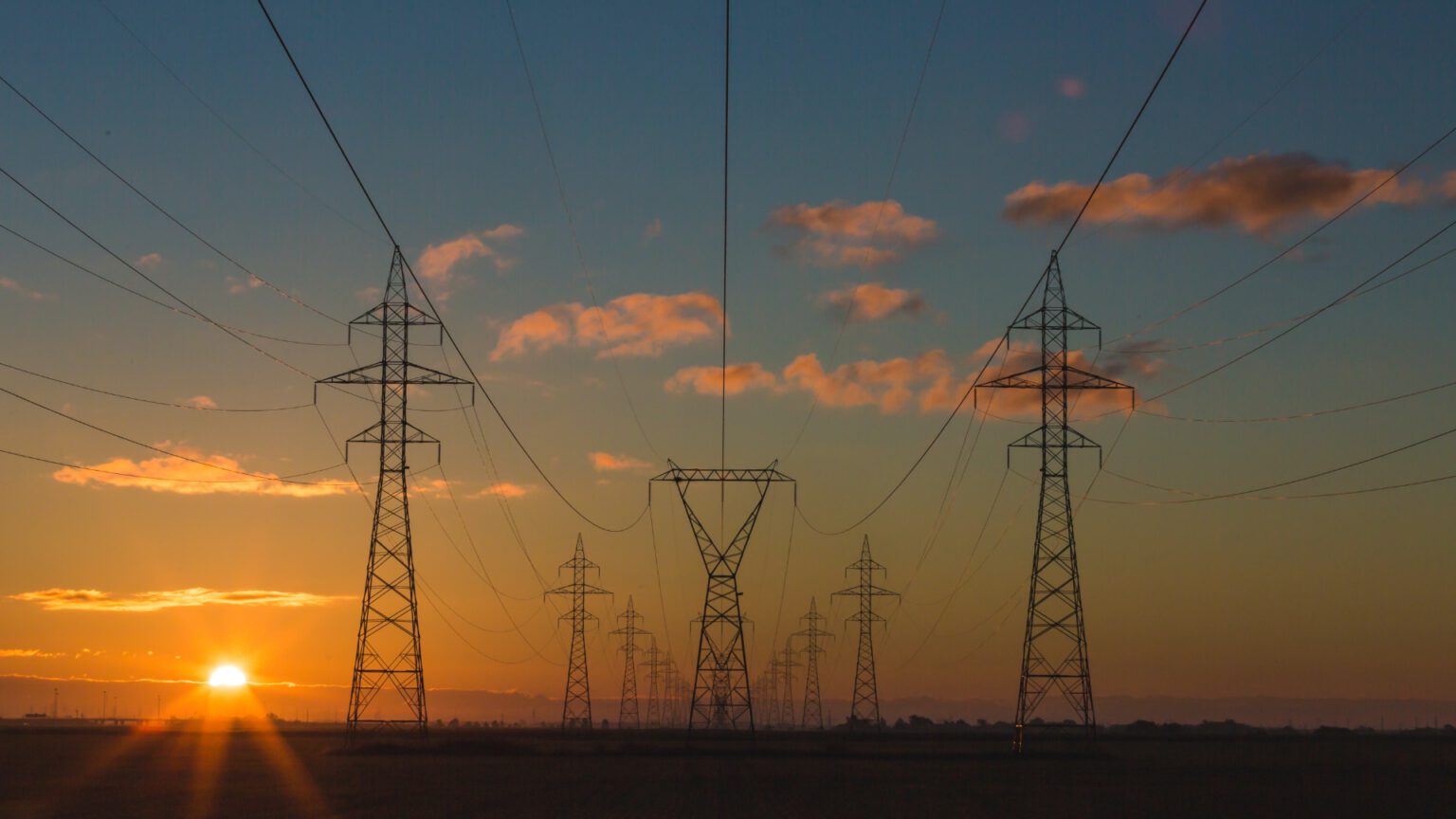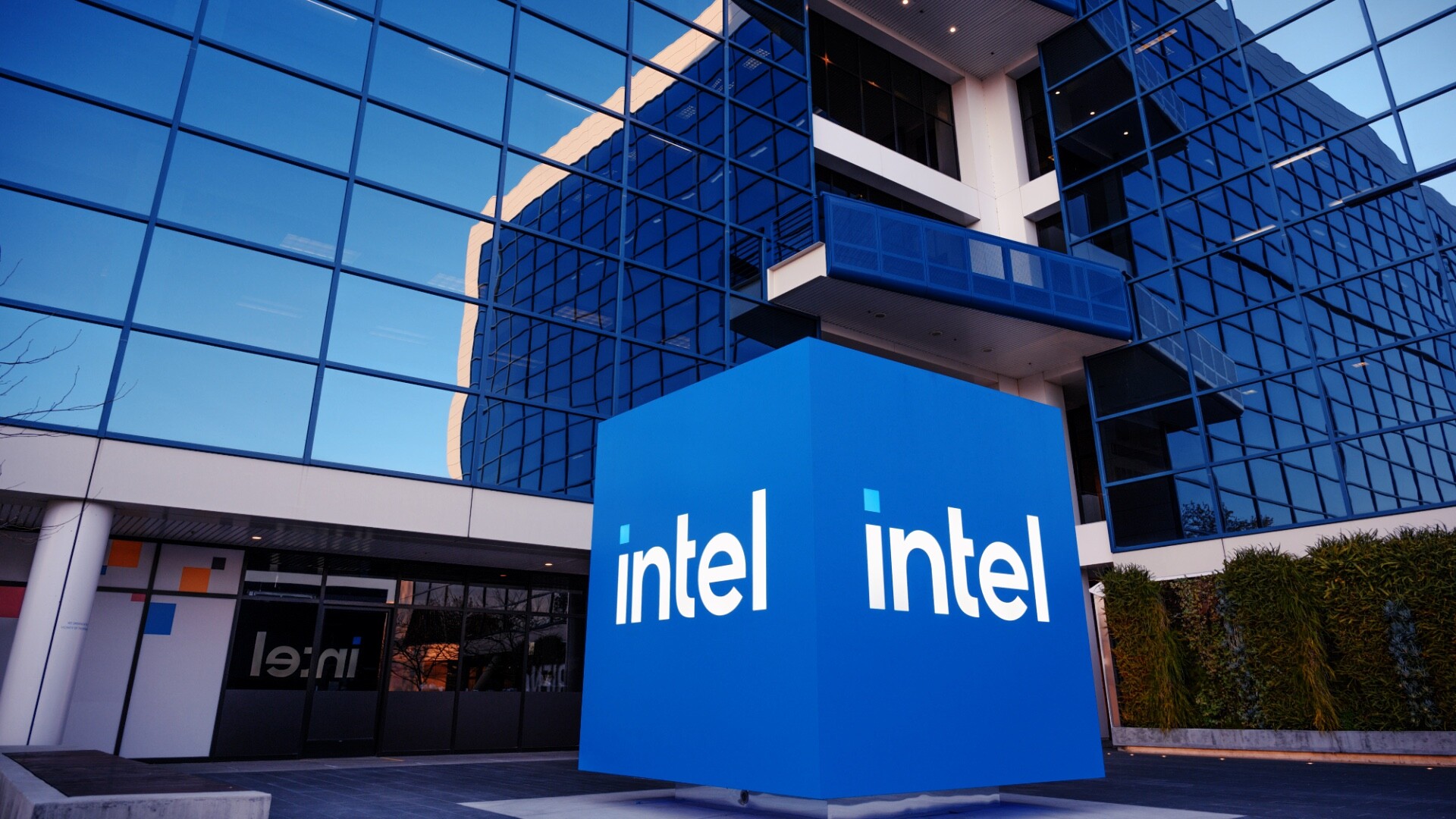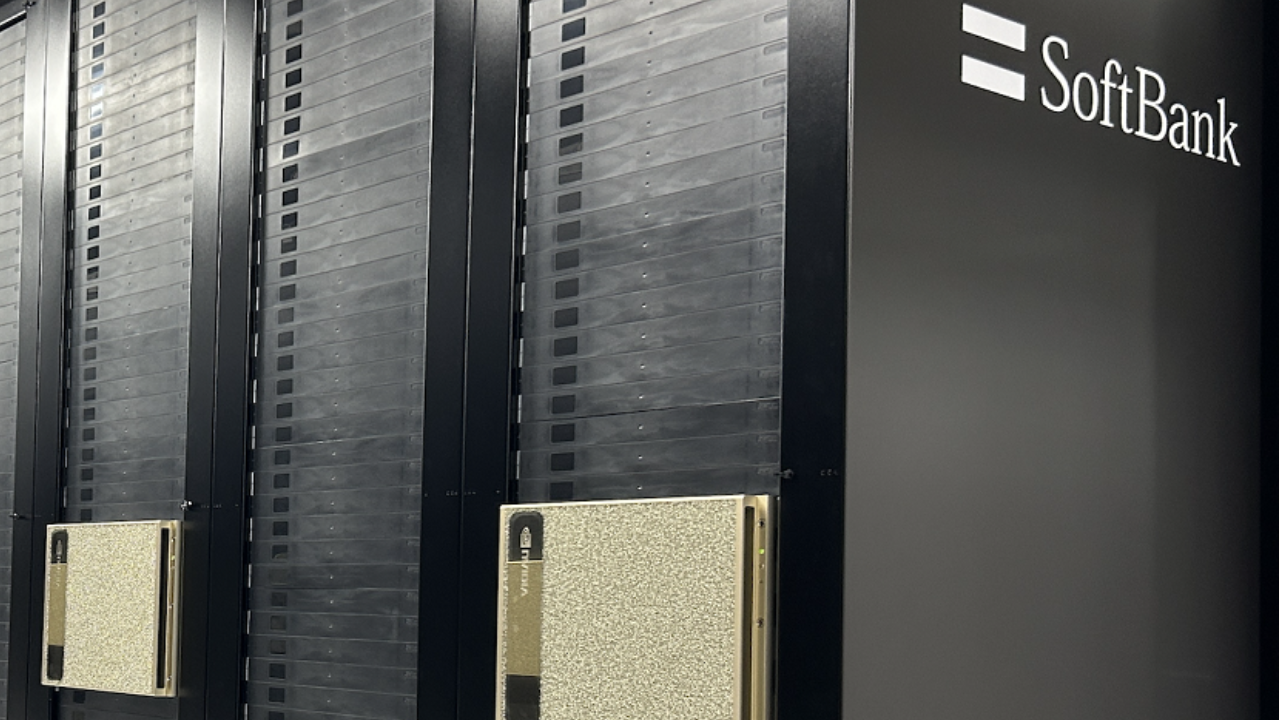The AI boom is generating a massive demand for computing power, but its biggest bottleneck is proving to be access to electricity. Analysts at UBS Securities point out that this hunger for power is likely to set off a ‘boom cycle’ for the energy storage sector over the next five years.
The problem is that the only segment of power generation that is expected to grow significantly in the US is renewables. As wind and solar farms generate intermittently, the grid urgently needs more batteries to store surpluses and smooth out fluctuations in supply.
According to UBS forecasts, global demand for energy storage could increase by up to 40% year-on-year as early as 2026. The US market is key for global players, especially Chinese manufacturers, who already control a 20% share there. The US remains one of the highest-margin markets.
However, it is not the US that will grow fastest. UBS predicts that emerging markets – the Middle East, Latin America, Africa and Southeast Asia – could record growth rates of between 30% and even 50% per year.
For Chinese exports, US policy remains the biggest risk. Analysts point to regulations, such as those contained in President Trump’s ‘One Big Beautiful Bill’, which limit Chinese participation in the US energy sector.
Meanwhile, in China itself, the storage market is being driven by the increasing liberalisation of energy prices. Independent storage projects are becoming profitable through arbitrage – buying energy when it is cheap and selling it at peak demand. A price differential of 0.4 yuan (about US$0.06) per kilowatt hour is already enough to make these projects profitable. UBS also expects Chinese provinces to introduce additional incentives such as capacity payments, rewarding battery operators for the mere availability of their resources to the grid.












